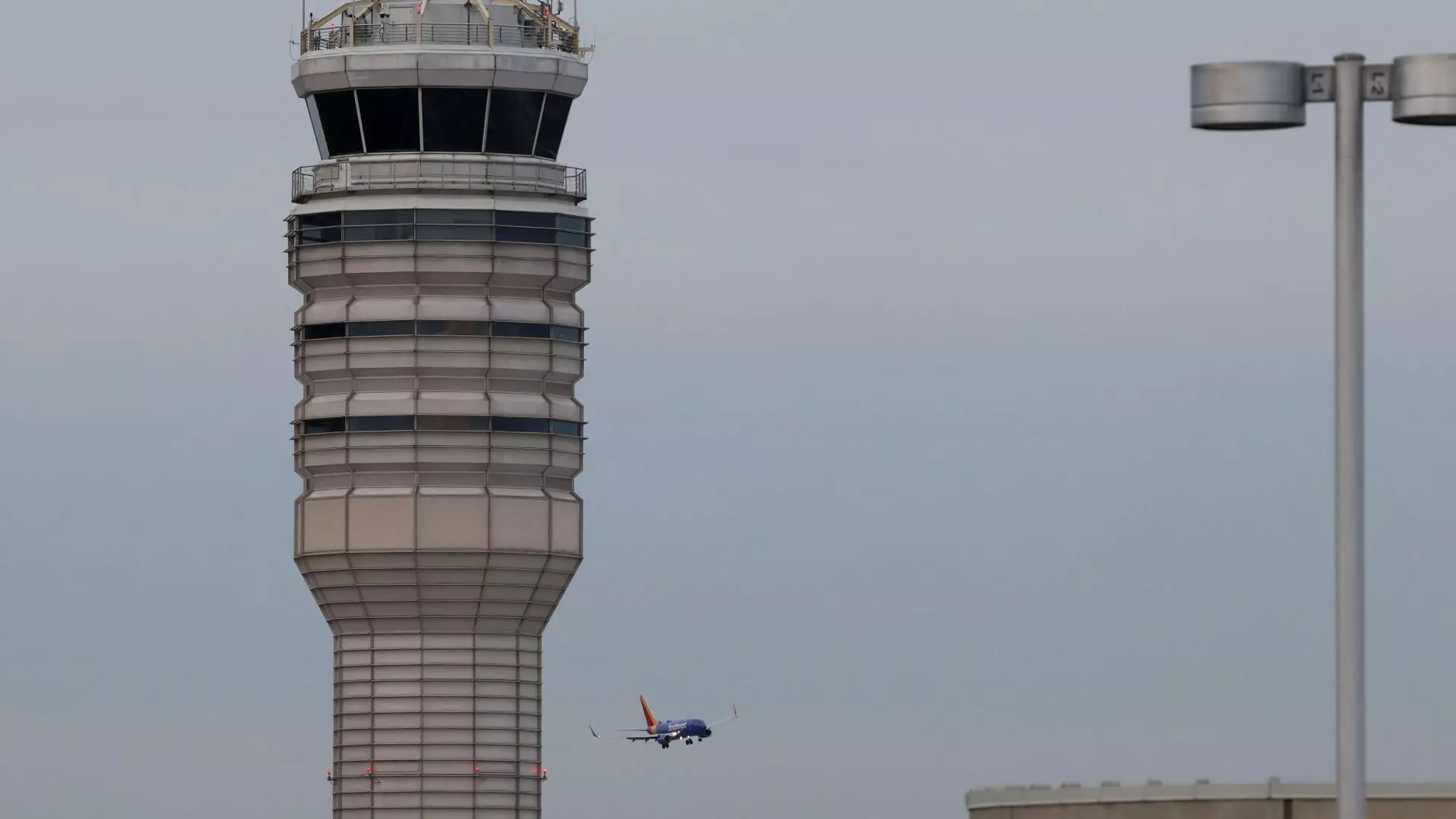In a grave incident that has shaken aviation safety protocols, the Federal Aviation Administration (FAA) announced new restrictions on helicopter traffic in the vicinity of Ronald Reagan Washington National Airport. Transportation Secretary Sean Duffy revealed these measures in response to a tragic collision involving an Army Black Hawk helicopter and an American Airlines jetliner, which resulted in the loss of all lives on board both aircraft. This incident serves as a stark reminder of the complexities and perils surrounding air traffic management, especially in densely populated urban areas.
The newly established restrictions delineate specific airspace areas around the airport that will be off-limits to helicopter traffic. This includes regions extending from Memorial Bridge to South Capitol Street Bridge, excluding the Tidal Basin, and from Haines Point to Wilson Bridge, alongside a buffer zone above the airport itself. In Duffy’s statement on the social media platform X, he emphasized the critical need for such measures, stating, “The American people deserve full confidence in our aviation system.” By instituting these restrictions, the FAA aims to reinforce public trust in aviation safety.
Helicopter operations in Washington D.C. have typically been conducted within defined zones or tracks, facilitating a structured approach to air traffic. Todd Inman, a member of the National Transportation Safety Board, indicated that the helicopter involved in the recent tragedy was in the process of transitioning between established tracks when the collision occurred. Given that the area is often filled with helicopter traffic, this incident raises essential questions regarding the efficacy and efficiency of the current air traffic management systems in place.
As the investigation unfolds, the spotlight is on numerous aspects, including the altitude at which both aircraft were operating, the roles of the crew on both ends, and the lines of communication maintained with air traffic controllers. The American Airlines flight was reportedly just seconds away from landing, flying at approximately 300 feet when the collision occurred. Investigators aim to dissect these elements to prevent future tragedies and ascertain how such a deadly incident could transpire in well-monitored airspace.
In the aftermath of the crash, the aviation industry is bracing for a detailed review of existing protocols. American Airlines CEO Robert Isom expressed gratitude toward President Trump and Secretary Duffy for their swift actions in response to the accident. Isom noted the urgent need for reforms that could assist in averting similar incidents in the future. As inquiries progress, there remains a consensus that a thorough examination of helicopter operations, specifically in high-traffic zones near airports, is paramount for ensuring passenger safety.
The collision marks a somber chapter in American aviation, being the first deadly commercial airline crash in over 15 years and the most severe since the events of 2001. As regulatory bodies scrutinize current practices and instate immediate changes, the overarching goal remains clear: to restore faith in the aviation ecosystem and to safeguard the airways for both commercial and military flights. The tragic loss of lives serves as a catalyst for vital safety improvements moving forward in the aviation sector.

